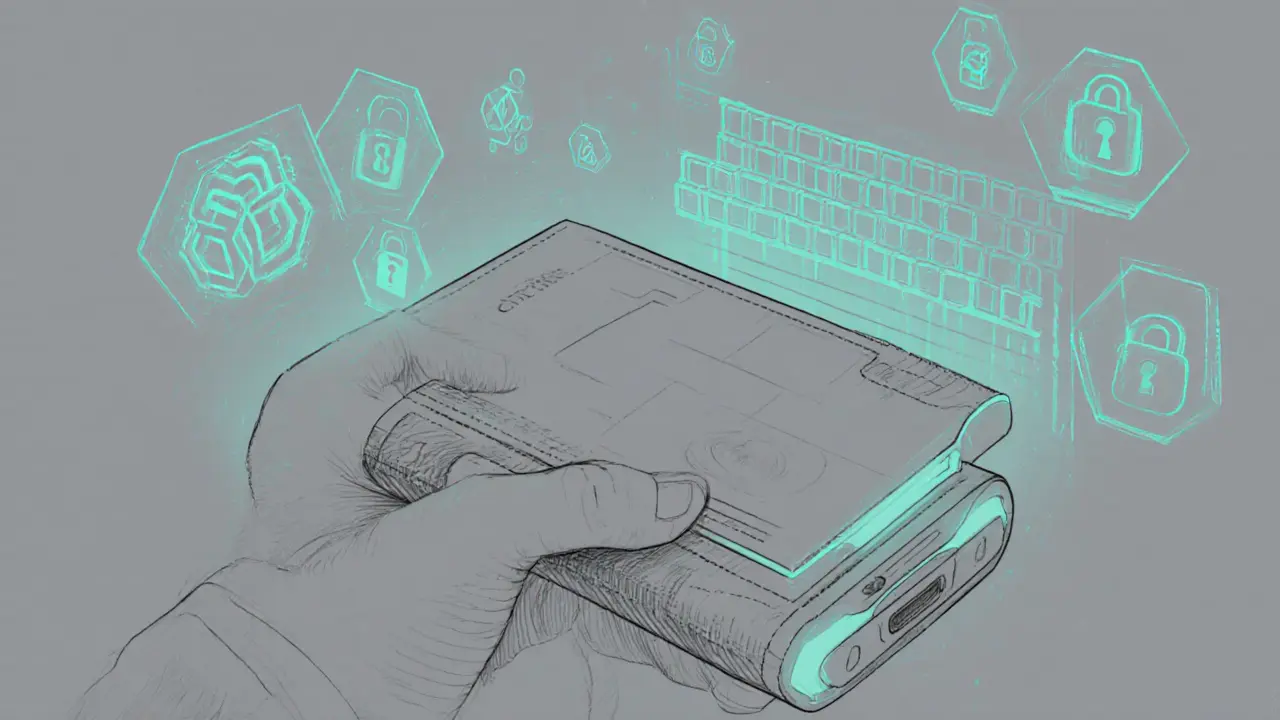Identity Management: Secure, Private, and Future‑Ready
When working with Identity Management, the practice of controlling, verifying, and protecting personal and digital identities. Also known as digital identity governance, it bridges online services, financial platforms, and real‑world credentials. Identity Management isn’t just a buzzword; it’s the backbone of trust in every transaction you make.
One major shift is the rise of Decentralized Identity, a model where users own their credentials on a blockchain or other distributed ledger. Unlike Traditional Identity Systems, centralized databases run by governments or corporations that store personal data in a single location, DIDs let you present proofs without handing over raw data. This change enables greater privacy, reduces breach risk, and gives individuals real control over who sees what.
Key Concepts in Identity Management
To make DIDs work, you need a Digital Wallet, software that stores cryptographic keys and verifiable credentials. The wallet acts like a physical ID card, but it can sign transactions, prove age, or verify citizenship instantly. Meanwhile, the underlying Distributed Ledger, a tamper‑proof record that multiple parties maintain, guarantees that each credential remains immutable and auditable. Together, these tools create a system where Identity Management requires secure key storage and relies on ledger integrity.
Because Identity Management encompasses Decentralized Identity, the whole ecosystem benefits from reduced fraud. Traditional Identity Systems influence policy and compliance, so many businesses still blend the old with the new to meet regulations. The real power shows up when a user can switch services without re‑entering personal details—thanks to portable credentials stored in a digital wallet and verified on a distributed ledger.
From a practical angle, developers must understand the interplay between these entities. Building a DID solution means integrating wallet SDKs, choosing a ledger (public vs. permissioned), and mapping credential schemas to real‑world attributes. Security teams focus on protecting private keys, while compliance officers ensure that any data shared meets GDPR or CCPA standards. The result is a more resilient identity stack that adapts to emerging use cases like DeFi onboarding, NFT ownership proof, or remote work verification.
So what can you expect from the articles below? We’ve gathered guides that compare DID and traditional models, dive into wallet best practices, and break down how distributed ledgers verify identities. Whether you’re a beginner curious about the basics or an engineer looking to implement a secure flow, the collection offers actionable insights and real‑world examples.
Ready to see how these concepts play out in practice? Scroll down to explore detailed posts that walk you through each piece of the Identity Management puzzle.

DID vs Traditional Identity Systems: Key Differences and Benefits
Compare Decentralized Identity (DID) with Traditional Identity Systems, covering security, privacy, implementation, and future adoption trends.
